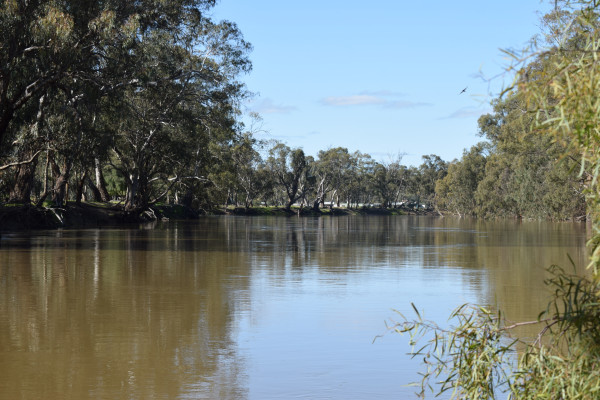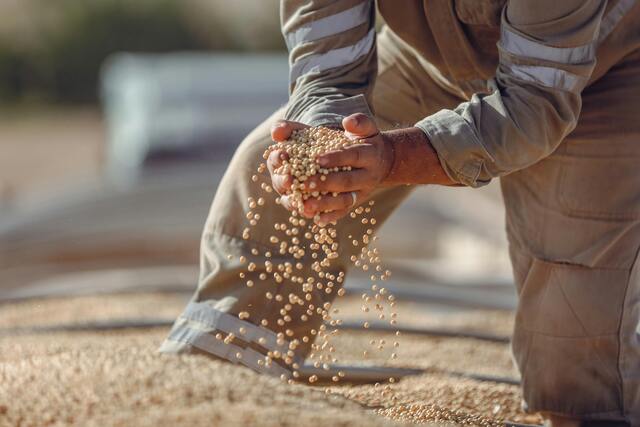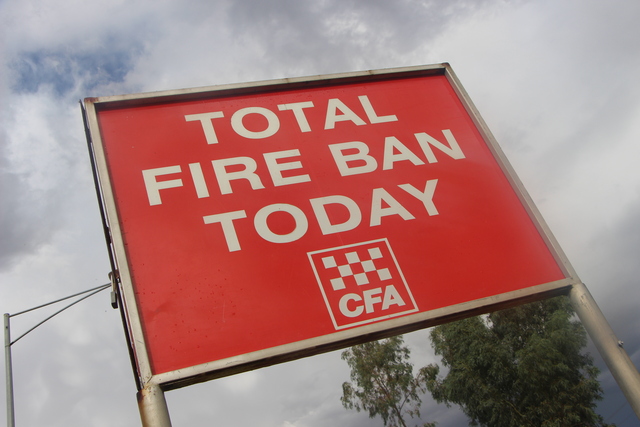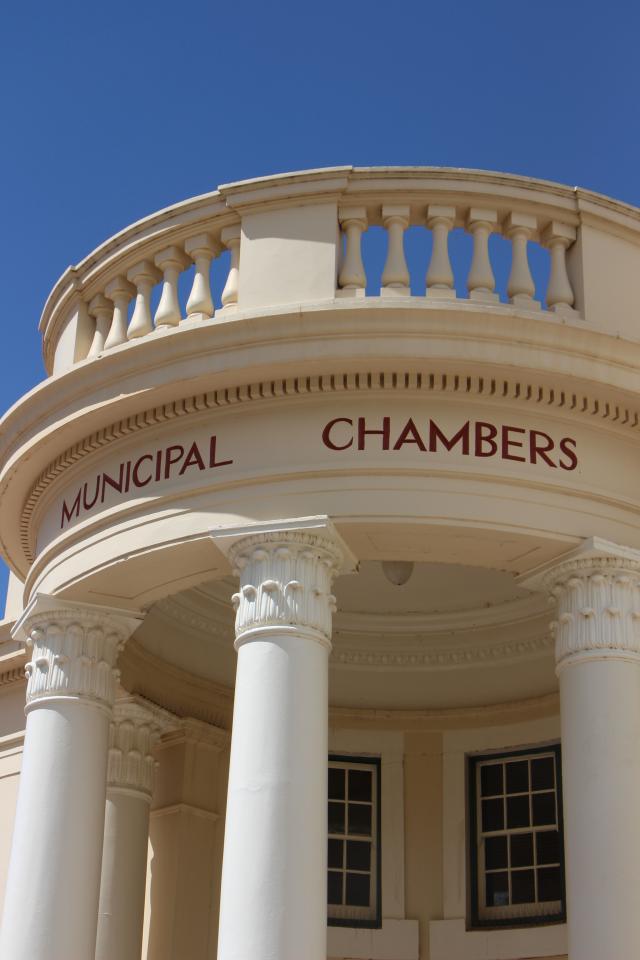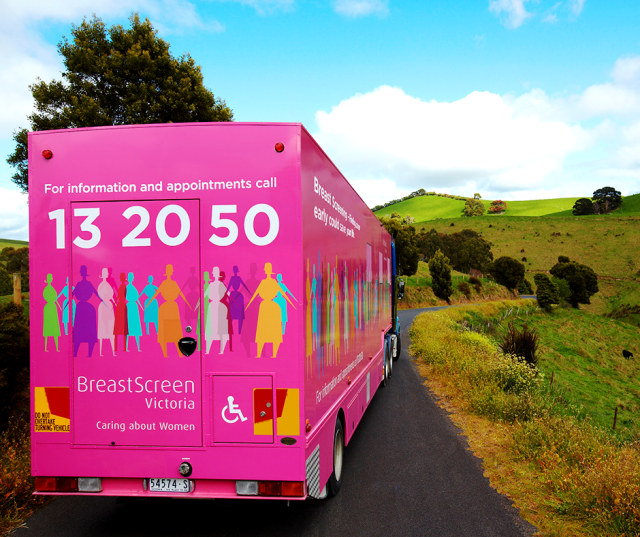WATER Minister Tanya Plibersek has conceded undisclosed funding in last week’s Federal Budget may be used for water buybacks for the environment.
The unspecified sum was marked as not for publication due to “commercial sensitivities” and described as “delivering on water commitments” in the Murray-Darling Basin.
The uncertainty prompted irrigators to call for more information, while environmental groups have expressed cautious optimism about the move.
Ms Plibersek told Sky News that buybacks were one possible use for the funding.
“It includes buybacks and infrastructure and water efficiency projects,” Ms Plibersek said.
“I’ve said all along that voluntary buybacks are on the table, as are programs that increase the efficiency of irrigation, as are other programs that invest in upgrading.”
Ms Plibersek defended the secrecy around how much had been allocated for the purpose of meeting “environmental targets”.
“It’s not published because if you walk into a negotiation with the amount you’re prepared to pay for something published, you don’t get good value for money,” she said.
Water buybacks have reduced since the Coalition government placed a cap on purchases in 2015.
NSW Irrigators Council chief executive Claire Miller said the government needed to “clarify its intentions … for the sake of community trust”.
“We hope the intentions are more nuanced than a water grab which … distorts water markets and drives up water costs, and puts pressures on food prices,” Ms Miller said.
National Irrigators Council chief executive Isaac Jeffrey said if decisions had already been made, “they should be immediately put to public consultation”.
The Murray-Darling Basin Plan requires states and territories to recover 2750 gigalitres of water for the environment, of which about 2100 has been recovered.
The budget documents indicated $746.9 million would be redirected over four years for delivering commitments, including more than $300 million from gas or carbon-capture projects “lacking a case of government support”. The Federal Government spent $190 million between 2016 and 2019 on 10 water purchases in a closed tender process.
Water buybacks through an open tender process began in 2008, with the bulk of applications occurring in 2010-11. The government introduced an amendment to the Water Act in 2015 to legislate a 1500GL cap on surface water purchases to prioritise infrastructure investments.
Buybacks slowed between 2016 and 2019, but, according to the Federal Government, it received 100 unsolicited offers of sale during that period. About $78 million in water was purchased from the lower Darling River.
Tyler Rotche, Environment Victoria’s healthy rivers campaigner, said he wasn’t sure whether the allocated funds would deliver a “significant return of water” for rivers.
“If Victoria and NSW have it their way, it might just mean exorbitant infrastructure handouts that drain funding,” Mr Rotche said. “Or more money wasted on a hair-brained water offset program.”
SA Conservation Council chief executive Craig Wilkins said “much more water” was needed for the long-term survival of rivers.

